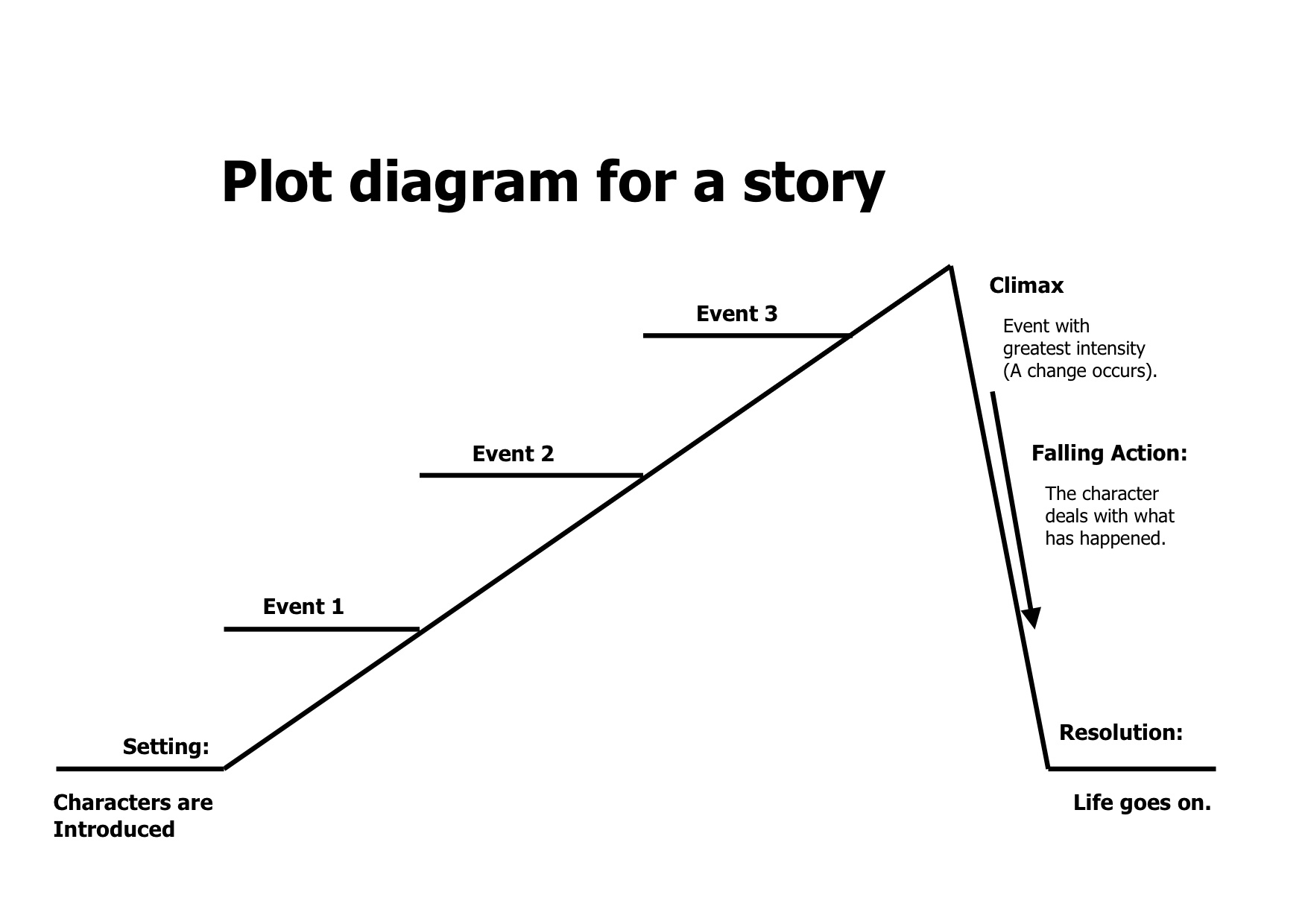- In essence, the ordered data plot may be viewed as a scatter plot of the ordered data versus a single n-treatment consolidation factor. Motivation To determine the best setting, an obvious place to start is the best response value.
- Order plot that exhibits (positive) trend as the following plot does: suggests that some of the variations in the response is due to time.
- Control Systems Tutorial

- Control Systems Useful Resources
- Selected Reading
For example, the plot order for 8 layouts, named Layout1 through Layout8, is Layout 2-3-4-5-6-7-8-1. If you have 5 layouts, the plot order is Layout 2-3-4-5-1. If you have 9 or more layouts, the order in which they are plotted depends on the value of the first character, and the layout in the middle of the list is plotted first, while the first. I had 5 plots that I needed to reorder. When unsure about the order, permute plots two at a time, refresh the legend and see if that is the order you wanted. Improve this answer. Follow answered May 1 '14 at 8:23. 421 4 4 silver badges 9 9 bronze badges.
The Bode plot or the Bode diagram consists of two plots −
- Magnitude plot
- Phase plot
In both the plots, x-axis represents angular frequency (logarithmic scale). Whereas, yaxis represents the magnitude (linear scale) of open loop transfer function in the magnitude plot and the phase angle (linear scale) of the open loop transfer function in the phase plot.
The magnitude of the open loop transfer function in dB is -



$$M=20: log G(jomega)H(jomega) $$
The phase angle of the open loop transfer function in degrees is -
$$phi=angle G(jomega)H(jomega)$$
Note − The base of logarithm is 10.
Basic of Bode Plots
The following table shows the slope, magnitude and the phase angle values of the terms present in the open loop transfer function. This data is useful while drawing the Bode plots.
| Type of term | G(jω)H(jω) | Slope(dB/dec) | Magnitude (dB) | Phase angle(degrees) |
|---|---|---|---|---|
Constant | $K$ | $0$ | $20 log K$ | $0$ |
Zero at origin | $jomega$ | $20$ | $20 log omega$ | $90$ |
‘n’ zeros at origin | $(jomega)^n$ | $20: n$ | $20: n log omega$ | $90: n$ |
Pole at origin | $frac{1}{jomega}$ | $-20$ | $-20 log omega$ | $-90 : or : 270$ |
‘n’ poles at origin | $frac{1}{(jomega)^n}$ | $-20: n$ | $-20 : n log omega$ | $-90 : n : or : 270 : n$ |
Simple zero | $1+jomega r$ | $20$ | $0: for: omega < frac{1}{r}$ $20: log omega r: for : omega > frac{1}{r}$ | $0 : for : omega < frac{1}{r}$ $90 : for : omega > frac{1}{r}$ |
Simple pole | $frac{1}{1+jomega r}$ | $-20$ | $0: for: omega < frac{1}{r}$ $-20: log omega r: for: omega > frac{1}{r}$ | $0 : for : omega < frac{1}{r}$ $-90: or : 270 : for: omega > frac{1}{r}$ |
Second order derivative term | $omega_n^2left ( 1-frac{omega^2}{omega_n^2}+frac{2jdeltaomega}{omega_n} right )$ | $40$ | $40: log: omega_n: for : omega < omega_n$ $20: log:(2deltaomega_n^2): for : omega=omega_n$ $40 : log : omega:for :omega > omega_n$ | $0 : for : omega < omega_n$ $90 : for : omega = omega_n$ $180 : for : omega > omega_n$ |
Second order integral term | $frac{1}{omega_n^2left ( 1-frac{omega^2}{omega_n^2}+frac{2jdeltaomega}{omega_n} right )}$ | $-40$ | $-40: log: omega_n: for : omega < omega_n$ $-20: log:(2deltaomega_n^2): for : omega=omega_n$ $-40 : log : omega:for :omega > omega_n$ | $-0 : for : omega < omega_n$ $-90 : for : omega = omega_n$ $-180 : for : omega > omega_n$ |
Consider the open loop transfer function $G(s)H(s) = K$.
Magnitude $M = 20: log K$ dB
Phase angle $phi = 0$ degrees
If $K = 1$, then magnitude is 0 dB.
If $K > 1$, then magnitude will be positive.
5 Plots In Order Worksheets
If $K < 1$, then magnitude will be negative.
The following figure shows the corresponding Bode plot.
The magnitude plot is a horizontal line, which is independent of frequency. The 0 dB line itself is the magnitude plot when the value of K is one. For the positive values of K, the horizontal line will shift $20 :log K$ dB above the 0 dB line. For the negative values of K, the horizontal line will shift $20: log K$ dB below the 0 dB line. The Zero degrees line itself is the phase plot for all the positive values of K.
Consider the open loop transfer function $G(s)H(s) = s$.
Magnitude $M = 20 log omega$ dB
5 Plots In Order Anchor Chart
Phase angle $phi = 90^0$
At $omega = 0.1$ rad/sec, the magnitude is -20 dB.
At $omega = 1$ rad/sec, the magnitude is 0 dB.
At $omega = 10$ rad/sec, the magnitude is 20 dB.
The following figure shows the corresponding Bode plot.
The magnitude plot is a line, which is having a slope of 20 dB/dec. This line started at $omega = 0.1$ rad/sec having a magnitude of -20 dB and it continues on the same slope. It is touching 0 dB line at $omega = 1$ rad/sec. In this case, the phase plot is 900 line.
Consider the open loop transfer function $G(s)H(s) = 1 + stau$.
Magnitude $M = 20: log sqrt{1 + omega^2tau^2}$ dB
Phase angle $phi = tan^{-1}omegatau$ degrees
For $ω < frac{1}{tau}$ , the magnitude is 0 dB and phase angle is 0 degrees.
For $omega > frac{1}{tau}$ , the magnitude is $20: log omegatau$ dB and phase angle is 900.
The following figure shows the corresponding Bode plot.
The magnitude plot is having magnitude of 0 dB upto $omega=frac{1}{tau}$ rad/sec. From $omega = frac{1}{tau}$ rad/sec, it is having a slope of 20 dB/dec. In this case, the phase plot is having phase angle of 0 degrees up to $omega = frac{1}{tau}$ rad/sec and from here, it is having phase angle of 900. This Bode plot is called the asymptotic Bode plot.
As the magnitude and the phase plots are represented with straight lines, the Exact Bode plots resemble the asymptotic Bode plots. The only difference is that the Exact Bode plots will have simple curves instead of straight lines.
Similarly, you can draw the Bode plots for other terms of the open loop transfer function which are given in the table.